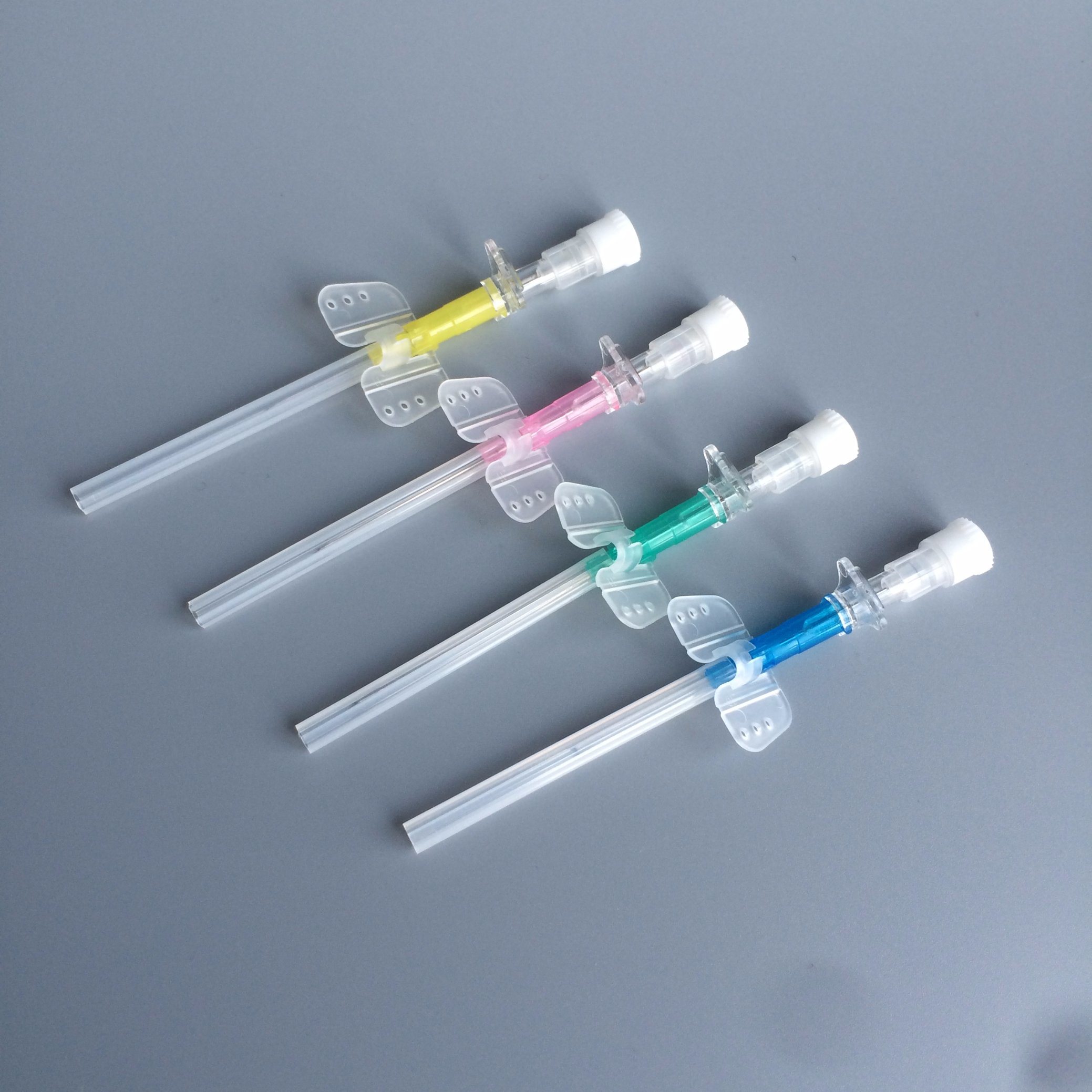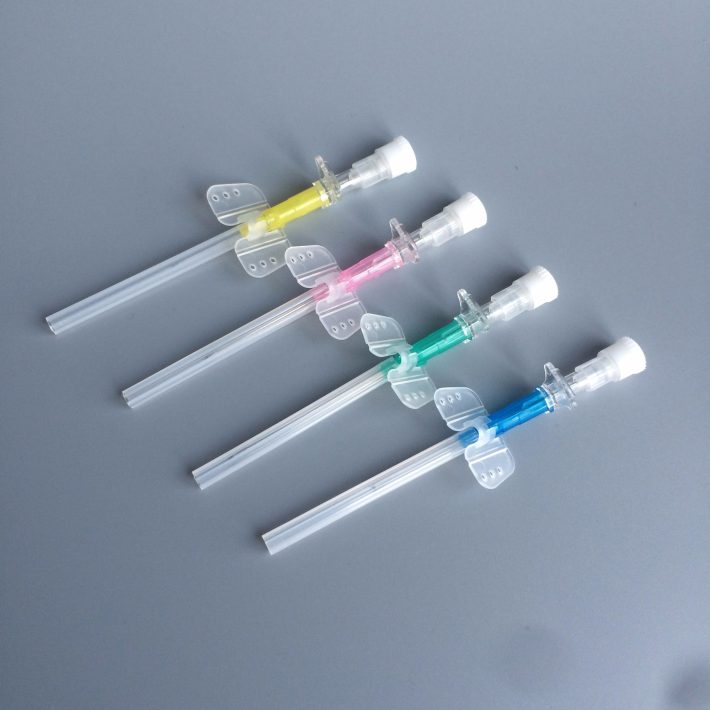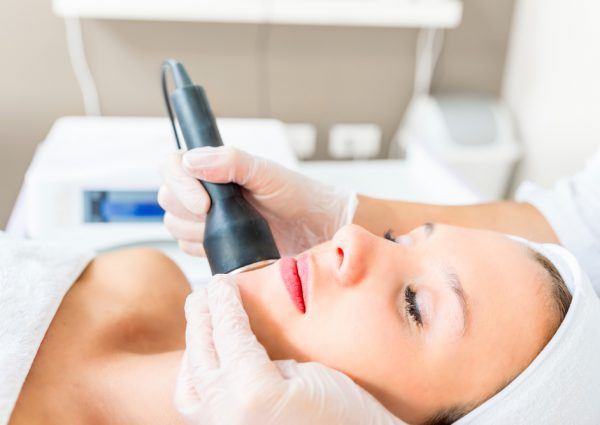A butterfly needle is a type of intravenous (IV) cannula used in medical procedures. It consists of a flexible tube with two pointed ends inserted into the vein to draw blood or administer fluids. The single-use butterfly needle is designed for one-time use and can be easily discarded after use. This article will discuss the benefits of using a single-use butterfly needle for blood draw and IV therapy.
What Is a Butterfly Needle?
A butterfly needle is an intravenous cannula that consists of a thin, flexible tube with two pointed ends. It is attached to syringes and other medical equipment, allowing for the insertion of the needles into veins without causing damage to them. The single-use version is explicitly designed for disposal after one-time use ensuring no chance of cross-contamination between patients and reducing any infection risk.

Advantages Of Using A Single-Use Butterfly Needle
There are several advantages associated with using a single-use butterfly needle for blood draw and IV therapy:
1. Minimized Risk Of Infections:
One of the main benefits of using a single-use butterfly needle is that it minimizes the risk of infection associated with multiple use or reuse of needles on different patients. Because only sterile needles are used each time, there is little chance of bacteria or viruses spreading from one patient to another during reuse, as can happen with reusable needles.
2. Reduced pain:
Its design allows greater precision when inserting through tissue layers, thus reducing pain during the insertion procedure compared to traditional style needles, as its sharper tips make it easier to puncture vessels quickly but gently. Also, due to its flexibility, it helps to cause less discomfort when removed after the procedure.
3. Easy to use & discard:
Disposable butterfly needles are easy to use as they have specially designed wings that make them easier to handle during insertion. They are also pre-loaded and ready for quick disposal, further helping to reduce any potential waste in line with environmental guidelines.
4. Cost-effective:
Unlike traditional reusable types, these single-use disposables offer cost savings over the longer term as there are no replacement costs such as packaging and sterilization costs. There is also a reduction in maintenance time as there is no need to clean before each use.
Safety precautions when using a butterfly needle
Although there are many benefits associated with using a disposable butterfly needle, there are safety precautions that must be taken when using this type of device:
1. Regular training:
All users must receive adequate training to ensure proper technique when inserting the needle, targeting vessels correctly without damaging walls or causing unnecessary trauma. Proper technique will also ensure that smaller veins don’t collapse while blood is being withdrawn, minimizing the failure rate.
2. Thorough checks:
Before each use, it’s important that all users inspect the devices thoroughly, looking for any signs of damage such as bendable areas (wings), tears, cracks, etc… If found, these should be discarded immediately and never attempted to be reused, even in cases where minimal visible damage is detected, as this can cause serious problems leading to infection or complications later down the line.

3. Appropriate sterilization:
All surfaces that come into contact with the patient’s skin must be properly disinfected prior to the insertion process, following the correct protocol guidelines provided by the manufacturer. These instructions will help protect against cross-contamination, especially in cases where multiple uses occur on different patients on the same day.
Conclusion
The use of a disposable butterfly needle has numerous benefits, both medically and economically, in all healthcare settings worldwide, providing efficient solutions that improve both patient safety and comfort throughout the treatment process, at a lower cost than traditional alternatives, while remaining fully compliant with healthcare regulations, offering greater peace of mind knowing that risks are minimized thanks to the stricter quality controls enforced.







